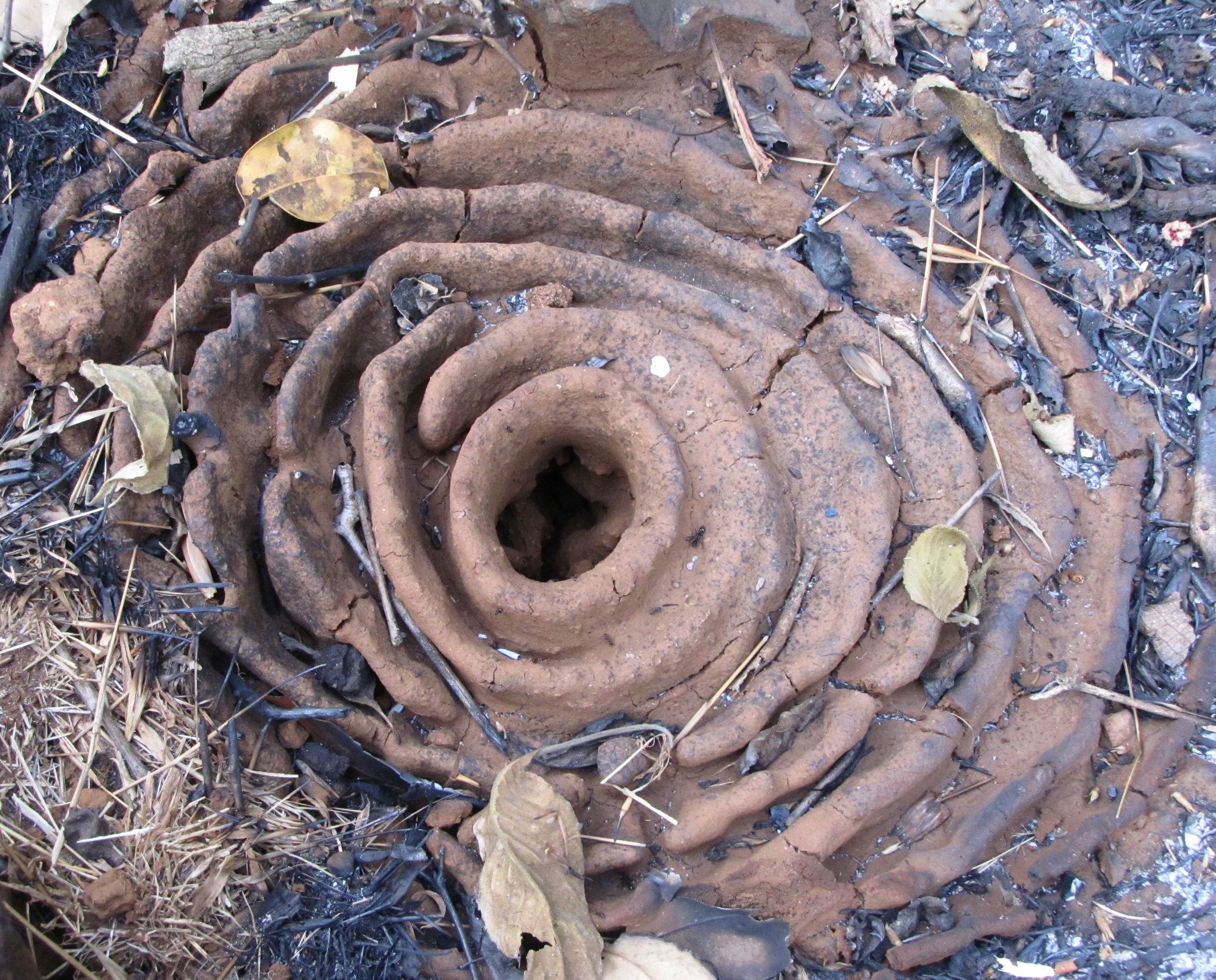Honorable Mention - High School
UN Sustainable Development Goals Addressed
-

Goal 11: Sustainable Cities & Communities
-

Goal 13: Climate Action
2024 Youth Design Challenge
This design concept was developed by participants in the Institute’s Youth Design Challenge. The descriptions below are from the team’s competition entry materials.
School: BINUS School Bekasi
Location: Bekasi, Indonesia
Coach: Syakti Perdana Sriyansyah, Nugroho Ponco Sumanto
Team Members: Arindra Alfanto, Nurafiah Andini, Keira Lim, Raden Ramadhanti, Kayla Azzahra

Innovation Details
Flash floods can cause tremendous damage to both people and ecosystems. This team from Bekasi, Indonesia aimed to mitigate the impact of flash floods through their invention, the Antrodam. The Antrodam’s curved inflatable walls would act as a dam, directing flood waters away from buildings and cultural heritage sites. The team, the Antologists, got their main inspiration from Indian Harvester Ant nests, which divert water away from the entrance to the nest. The Antrodam design enables the walls to be inflated and deflated according to need, a feature that arose from studying the giant pill millipede’s strategy of rolling into a tight ball when threatened, and the male frigatebird’s puffed throat. The outward curvature of the walls, which direct the flow of the water, mimics both lettuce leaf coral and rose petals. The design is intended to protect both people and infrastructure as flash floods become an increasingly common occurrence in Indonesia due to climate change.
What is the problem your team solved for this challenge? What is the problem addressed? How is the problem connected to the selected SDG/s? (Limit 100 words)
A few problems aimed to be solved would be the after-effects of floods in Indonesia towards infrastructure and how it impacts the people and the economy. Throughout the years, there have been many cases of flooding in different areas all over Indonesia. With our project, we aim to reduce the impact of floods to the community. In addition, it aims to tackle SDGs 11 (Sustainable Cities and Communities) and 13 (Climate Action) by implementing new innovative solutions to mitigate these effects.
How was your solution inspired by nature? What (at least two) organisms did you learn from? How effectively did you combine the biological strategies for the final design? (Limit 100 words)
The organism that inspired the seed of the Antrodam to bloom is the Indian Harvester Ant whose nest inspired us to implement its layered wall structure to direct water away from the protected area, while also creating an overlapping pattern to prevent water passing any areas of the dam. The Lettuce Leaf Coral’s wavy shapes function to break and suspend the water flow of the flood. These are implemented together in sections of walls to prevent overflowing which are inspired by Rose petals. Male frigatebirds’ courting habit inspired the dam’s inflation mechanism.
What does your design solution do? How does it solve or mitigate the problem you selected? How did what you learned inform your design? (Limit 100 words)
The Antrodam serves to direct floods away from the areas it protects, as well as reduce the impact of water pressure and the speed of the floodwater. This design aims to fight flash floods, a natural disaster that frequently happens in Indonesia. The curved, wave textured wall forms a certain amount of pressure to direct the flood water away. Through the wave design, water speed is cut down and broken as it goes past, reducing damage to surroundings. The walls are placed strategically in a layered way to protect areas that are prone to floods, such as lower elevated areas.
